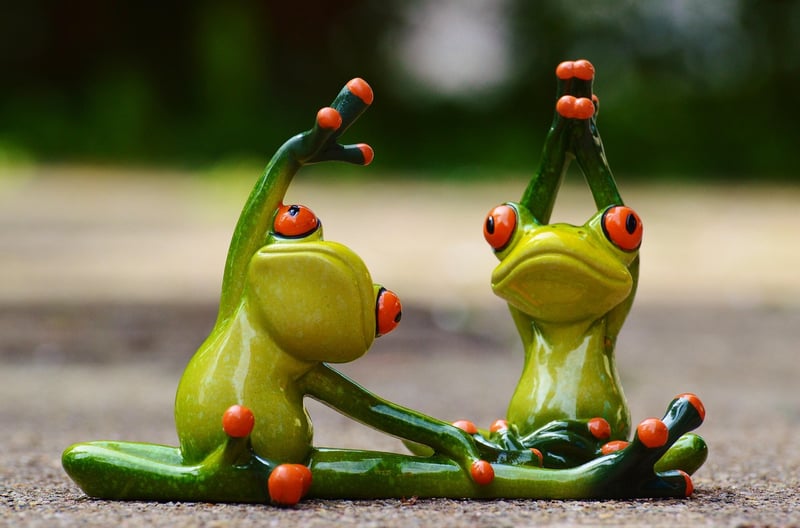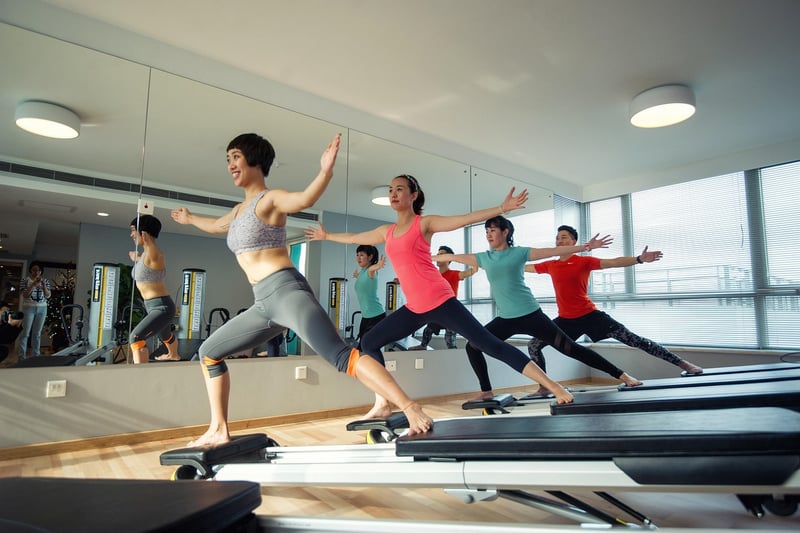Pilates for Flexibility
Mindful Movement Practices and Pilates for Flexibility
Flexibility is a key component of overall health and well-being. Incorporating mindful movement practices like Pilates into your routine can help improve flexibility, strength, and body awareness. Pilates, in particular, focuses on controlled movements, breath awareness, and proper alignment to enhance flexibility and mobility.
What is Pilates?
Pilates is a form of exercise that focuses on strengthening the core muscles, improving posture, and enhancing flexibility. It involves a series of movements that target specific muscle groups while emphasizing control, precision, and breath.
Benefits of Pilates for Flexibility
- Increased range of motion in joints
- Improved muscle elasticity
- Enhanced coordination and balance
- Reduced risk of injury
- Relief from muscle tension and tightness
Mindful Movement Practices
Practicing mindful movement involves being present in the moment, focusing on your body's sensations, and moving with intention. This awareness can help improve flexibility by promoting better alignment, proper muscle engagement, and relaxation of tense muscles.
Tips for Enhancing Flexibility with Pilates
- Focus on your breath: Coordinate your movements with your breath to increase relaxation and flow.
- Engage your core: Core strength is essential for supporting flexibility and proper alignment.
- Listen to your body: Pay attention to how your body responds to each movement and adjust as needed.
- Practice regularly: Consistency is key to seeing improvements in flexibility and mobility.
Get Started with Pilates for Flexibility
If you're new to Pilates or looking to enhance your flexibility, consider joining a Pilates class or following online tutorials. Remember to listen to your body, start slowly, and gradually progress as you build strength and flexibility.
Experience the benefits of mindful movement practices like Pilates for improved flexibility, strength, and overall well-being!

Image Source: Pixabay
